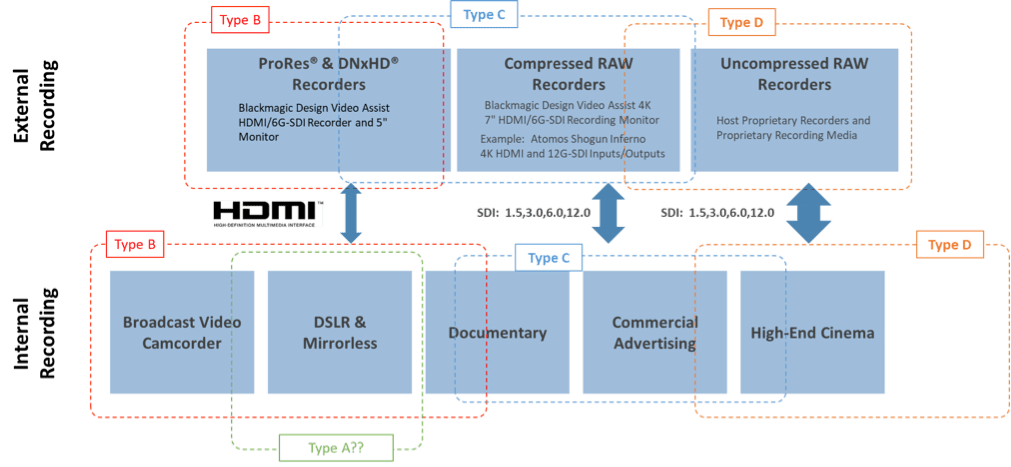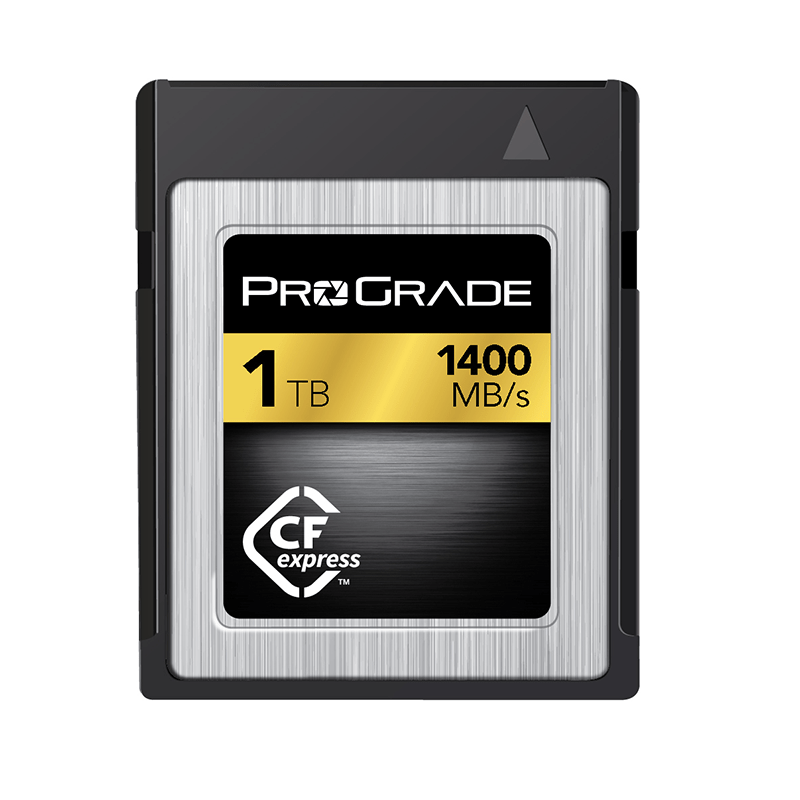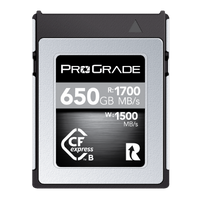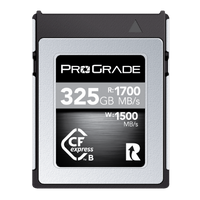by Wes Brewer
CFexpress – next-generation memory cards for digital imaging
The evolution of memory cards for professional grade applications, such as high-end DSLRs and mirrorless still cameras, as well as for professional grade camcorders, has been playing out since the mid-90s when CompactFlash was first introduced. For many years, CompactFlash was the defacto standard of the imaging industry and was widely adopted by most companies desiring the highest capacity and performance available. Its interface was based on an older PATA (Parallel Advanced Technology Attachment) interface derived from hard disk drives (HDDs). CompactFlash (CF) was eventually replaced by other form factors such as SD, CFast, and XQD. SD has been primarily used for entry to mid-tier imaging applications, while CFast has been adopted mainly at the top-tier range of the market and is based on a newer SATA (Serial Advanced Technology Attachment) interface, used by both HDDs and solid stated drives (SSDs). Both Nikon and Sony have supported a competing form factor known as XQD, which is based on a more advanced PCIe (Peripheral Component Interconnect Express) interface and is widely viewed as the next generation interface for HDDs, SSDs and removable flash storage such as flash memory cards.
To try and bring the top-tier manufacturers using CFast and XQD together around a common standard, the CompactFlash Association (CFA) has promoted the evolution of the XQD standard known as CFexpress. https://www.compactflash.org/ The initial CFx card form factor known as Type B is the first version of the new standard that will hit the market and conforms exactly to that of XQD. Over time, other form factors within the CFx specification will likely include a Type A card (single lane) – similar to SD, a Type C card (four-lane) – similar to storage modules from Codex and possibly an even larger Type D (eight-lane) for very high capacity, high-performance applications may become available. ProGrade Digital is actively evaluating these other form factor options as the interest level from imaging companies develops.
Leveraging the performance capabilities inherent in PCIe as a bus interface–and already utilized in XQD–the CFx Type B format factor doubles the number of PCIe lanes from one to two and adds the logical device interface capability of NVMe (Non-Volatile Memory express) pioneered by leaders in the field of SSD technology. NVMe adds critical new features such as queuing and parallelism to dramatically increase the performance of flash memory storage devices as compared with the legacy protocol of AHCI (Advance Host Controller Interface). http://nvmexpress.org/
The benefits of a CFx Type B card for use in digital imaging applications are several:
- Form factor ideally suited for higher capacities needed in imaging applications–up to 1TB with current NAND flash memory technology
- A physical size that is easy to handle–slightly larger than SD and slightly smaller than CFast or CompactFlash (29.6mm x 38.5mm x 3.8mm)
- Performance capability capable of >1GB/sec transfer rates through the use of two PCIe data lanes
- NVMe protocol support for optimized performance with flash memory in newer computing architectures
- Backward compatibility possible to XQD host platforms through the upgrade of host operating system (firmware)
At the recent NAB show in Las Vegas, ProGrade Digital demonstrated a CFx Type B card showing performance levels of more than twice that of CFast and more than four times that of SD UHS-II. The ProGrade Digital read performance was demonstrated to be greater than 1,400MB/s with write speeds greater than 1,000 MB/s. The demonstration by ProGrade Digital also included thermal throttling–the ability to slow down the transfer rate of the card if temperatures within the card exceed 70 deg. C for a sustained period. This ability to throttle performance based on card temperature is considered a critical consideration for applications such as video capture that require long sustained periods of writing to a card. Along with its demonstration of a CFx card, ProGrade Digital showed new developments in card reader technology utilizing a Thunderbolt 3 reader connected to a MacBook Pro computer. Thunderbolt 3 has the capability to reach transfer speeds of 40Gbits/second (5GB/sec).
Looking at industry requirements for still imaging and video, the CFx standard offers a wide range of coverage for all current and future applications. The graphics below show an overlay of the various form factor and interface configurations of the CFx standard matched to still imaging and video applications.
Still Imaging Applications for CFx by Form Factor
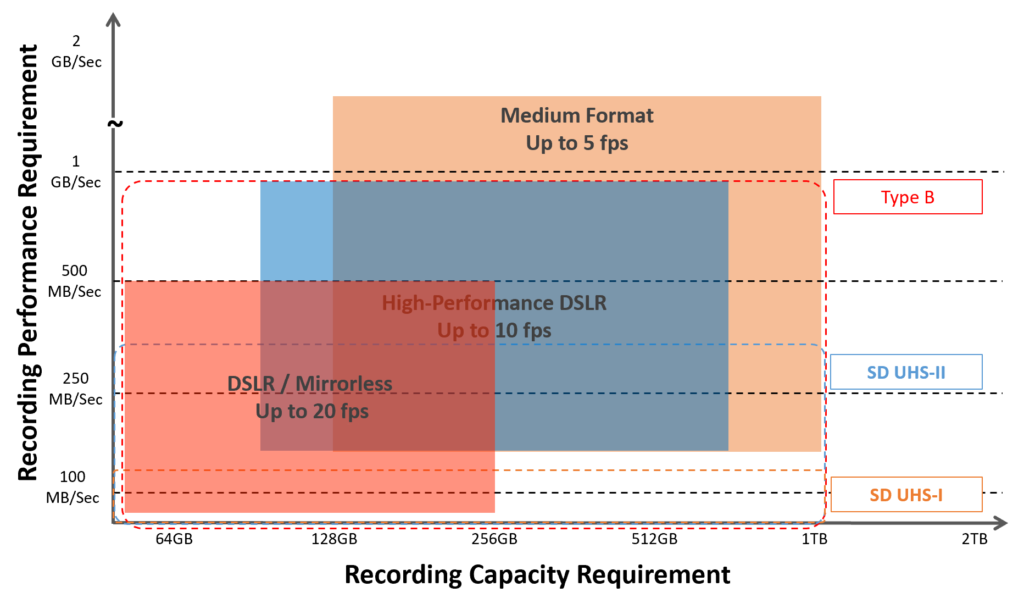
Video Applications for CFx by Form Factor
